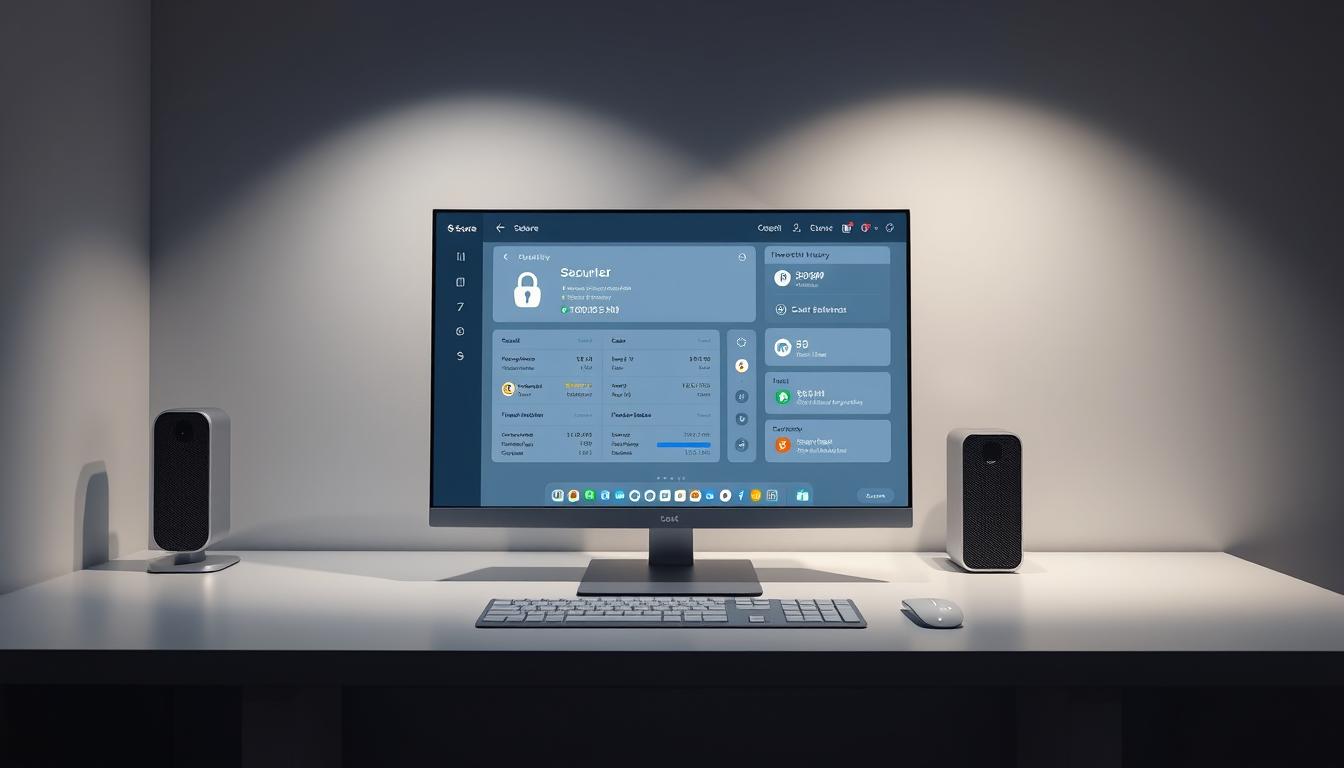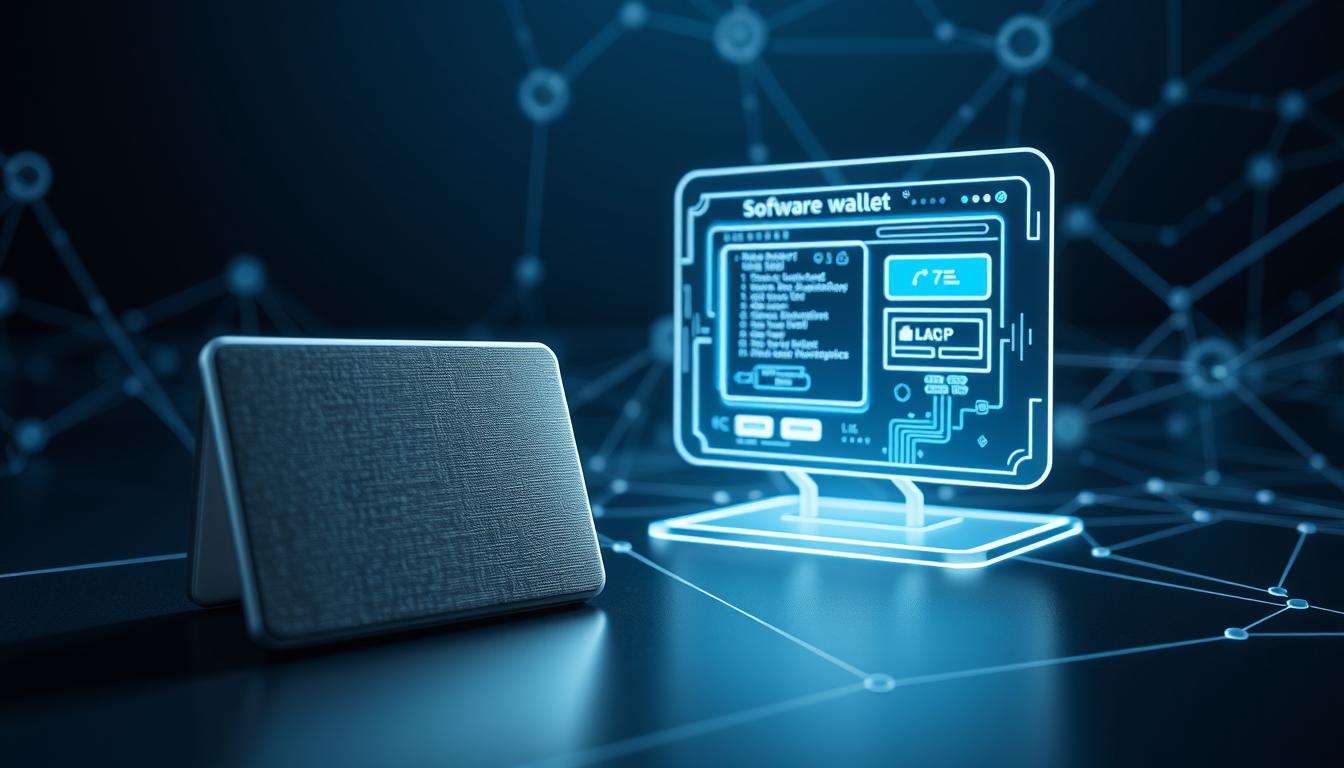Now Reading: Web3 Wallet Guide: How to Choose the Best Wallet
- 01
Web3 Wallet Guide: How to Choose the Best Wallet
Web3 Wallet Guide: How to Choose the Best Wallet

Modern digital ownership demands tools that prioritize both security and autonomy. Unlike traditional financial systems where institutions manage your funds, decentralized solutions put full control directly in your hands through cryptographic keys. These tools act as gateways to blockchain networks, enabling seamless interaction with applications while safeguarding your assets.
The first Bitcoin wallet emerged in 2009, offering basic transaction capabilities. Today’s solutions support multiple blockchain networks and integrate with decentralized finance platforms, NFT markets, and governance systems. This evolution reflects growing demand for self-custody models where users authenticate transactions through digital signatures rather than relying on third parties.
When selecting a storage solution, consider security protocols like multi-factor authentication and compatibility with your preferred networks. Beginners might prioritize simplicity, while experienced users often seek advanced features. Our analysis of the best options available today reveals how different designs cater to specific needs across experience levels.
Key Takeaways
- Decentralized storage solutions eliminate third-party control through user-managed private keys
- Digital signatures replace traditional authentication methods for blockchain transactions
- Modern tools support multiple networks and integrate with various decentralized applications
- Security features and user experience vary significantly between different platforms
- Selection criteria should align with individual technical proficiency and usage requirements
Understanding Web3 Wallets and Their Role in Decentralized Ecosystems
Navigating blockchain ecosystems requires tools that balance security with complete user authority. These solutions act as personal gatekeepers for digital possessions, enabling both asset management and participation in decentralized networks without intermediaries.
Definition and Core Components
At their foundation, these tools operate through paired cryptographic codes. A public key functions like a mailbox address—anyone can send assets to it, while the private key acts as a unique signature to access and move those holdings. This system uses advanced mathematics to verify ownership without revealing sensitive details.

How They Differ from Traditional Models
Conventional financial platforms store your money and control access through passwords. Decentralized alternatives flip this model—you hold the cryptographic codes yourself using self-managed security protocols. This approach allows direct interactions with blockchain applications, from trading tokens to voting in decentralized communities, without requiring approval from central authorities.
The Evolution of Wallets: From Externally Owned Accounts to Smart Contract Wallets
Blockchain technology has transformed how we manage digital assets through two distinct approaches. These systems balance user control with evolving functionality, reshaping interaction patterns across decentralized networks.
Exploring Externally Owned Accounts (EOAs)
The original storage model emerged with Bitcoin’s 2009 launch. EOAs operate through cryptographic pairs – a public address for receiving assets and a private key for authorization. Users bear complete responsibility for safeguarding their secret codes, following the core blockchain principle: “Control your keys, control your funds.”
This system prioritizes autonomy but demands technical awareness. Losing access to your private key means permanent asset loss. While secure, this model creates barriers for mainstream adoption due to its complexity in key management.
Introduction to Smart Contract Wallets and EIP-4337
Newer solutions automate security through programmable agreements. Smart Contract Wallets function as blockchain-based accounts managed by code rather than direct key control. The EIP-4337 upgrade enables features like social recovery and batch transactions without changing Ethereum’s core protocol.
These innovations address critical challenges. Users can recover access through trusted contacts instead of seed phrases. Gas fees can be paid in stablecoins, and multiple actions combine into single transactions. This evolution demonstrates how blockchain tools are becoming more accessible while maintaining security standards.
Web3 Wallet Guide: Choosing Between Hardware and Software Wallets
Digital asset management requires balancing accessibility with robust protection. Two primary options dominate the market: physical devices storing keys offline and digital applications enabling real-time interactions. Each approach serves distinct needs based on security priorities and usage frequency.

Benefits and Drawbacks of Hardware (Cold) Solutions
Hardware wallets like Ledger and Trezor store sensitive data in specialized chips, completely disconnected from online networks. These devices require physical button presses to confirm transactions, blocking remote hacking attempts. Their air-gapped design makes them ideal for safeguarding large holdings long-term.
Drawbacks include higher upfront costs and less convenience for frequent trading. Users must carry the device for approvals, which can slow down rapid transactions. However, for investors prioritizing security over speed, these trade-offs prove worthwhile.
Advantages and Risks of Software (Hot) Solutions
Applications such as MetaMask and Trust Wallet operate on smartphones or browsers, offering instant access to decentralized platforms. Their always-online nature simplifies swapping tokens or interacting with blockchain games. Automatic updates ensure compatibility with new networks and features.
Constant internet exposure increases vulnerability to phishing scams and malware. Savvy users mitigate risks through two-factor authentication and verified app downloads. While less secure than hardware options, these tools excel for managing smaller, actively traded portfolios.
Essential Security Practices and Effective Private Key Management
Protecting digital assets demands proactive strategies that combine technical knowledge with disciplined habits. Cryptographic access codes require the same vigilance as physical safe combinations – one mistake can lead to permanent loss.

Best Practices for Safeguarding Seed Phrases
Your 12-24 word recovery phrase acts as a master key. Write it on durable materials like steel plates immediately after creating your account. Store copies in separate secure locations – think fireproof safes or locked deposit boxes.
Never photograph or type these words. Digital storage exposes them to hackers. For extra protection, split the phrase across multiple locations. This prevents complete exposure if one storage spot gets compromised.
How to Prevent Hacking and Phishing Attacks
Cybercriminals often mimic legitimate platforms to steal credentials. Always double-check website URLs before entering sensitive data. Bookmark trusted sites to avoid typosquatting traps.
Enable two-factor authentication and use antivirus software on all devices. Hardware devices like Ledger keep private keys offline during transactions, blocking remote attacks. Review our secure storage solutions for layered protection strategies.
Remember: No customer support can recover lost keys. Follow these best practices for crypto security to maintain full control over your digital holdings. Regular software updates and transaction confirmations via physical devices significantly reduce theft risks.
Integrating Web3 Wallets with Decentralized Applications (dApps)
Decentralized applications transform how we interact with digital services through direct user control. These platforms rely on cryptographic tools to verify identities and approve actions without intermediaries. A seamless connection process forms the foundation of this interaction.
Secure Authentication and Transaction Authorization
Initiate access by selecting the “Connect” option within any dApp interface. Your chosen solution generates a unique signature using private keys, confirming ownership without exposing sensitive data. This handshake creates a permissioned link for specific actions.
Every blockchain operation requires cryptographic proof. When swapping tokens or voting in DAOs, your tool digitally stamps requests using secure keys. This process ensures only authorized changes reach the network while maintaining full user oversight.
Advanced systems now support multi-operation approvals. Batch transactions reduce fees and streamline complex tasks. These innovations maintain security standards while adapting to evolving decentralized ecosystems. Proper integration turns storage tools into active gateways for managing digital assets across platforms.
FAQ
What defines a Web3 wallet?
These tools manage private keys, enable blockchain interactions, and provide full ownership of digital assets. Core components include public/private key pairs, token storage, and interfaces for decentralized applications.
How do Externally Owned Accounts differ from smart contract wallets?
Externally Owned Accounts (EOAs) rely on a single private key for transactions. Smart contract wallets, like Argent, use programmable code (via EIP-4337) to enable features such as multi-signature approvals or recovery options.
Are hardware wallets safer than software wallets?
Hardware wallets (e.g., Ledger) store private keys offline, minimizing exposure to hacking. Software wallets (e.g., MetaMask) operate online, offering convenience but higher risk if devices are compromised.
What’s the best way to secure a seed phrase?
Write it on durable materials like steel plates, avoid digital storage, and never share it. Store multiple copies in secure physical locations to prevent loss or theft.
How do I safely connect to decentralized applications?
Use trusted protocols like WalletConnect, verify dApp URLs, and review transaction details before signing. Revoke unnecessary permissions afterward to reduce attack surfaces.
Can smart contract wallets recover lost access?
Yes. Solutions like social recovery (used by Argent) or multi-signature setups allow users to regain control without relying on a single private key, unlike traditional EOAs.
Why are non-custodial wallets preferred in Web3?
They grant users full control over assets and keys, eliminating reliance on third parties. Custodial options, like exchange wallets, expose funds to institutional risks.















